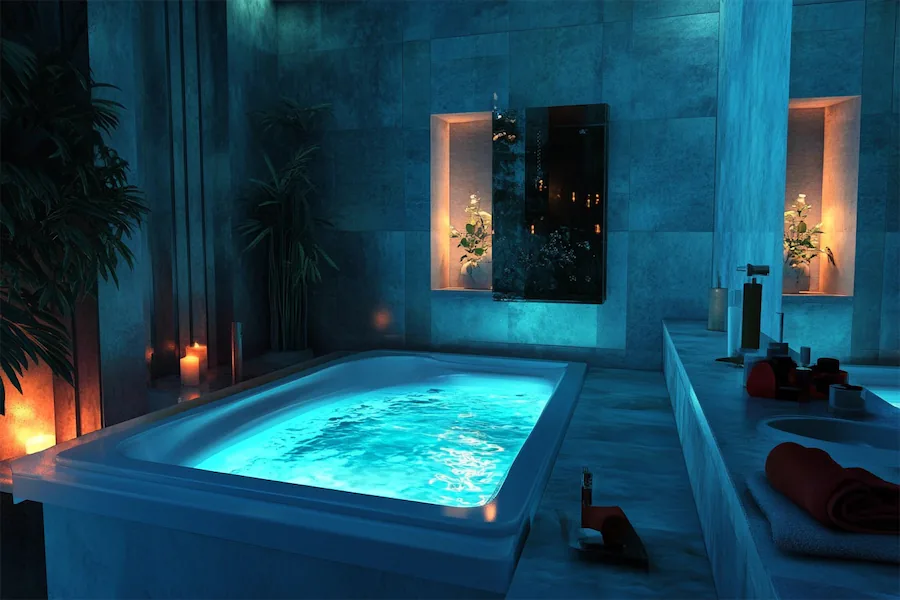Designing a wellness bathroom transforms a functional space into a personal sanctuary that promotes relaxation, rejuvenation, and overall well-being. This article explores the history, key features, applications, considerations, and concludes with insights into wellness bathrooms.
Introduction to Wellness Bathrooms
A wellness bathroom integrates design elements and amenities that focus on physical and mental health. By incorporating features such as natural materials, spa-like fixtures, and calming color palettes, these bathrooms provide a retreat-like experience within the home.
History and Origins of Wellness Bathrooms
The concept of wellness in bathroom design has evolved over time. Ancient civilizations, such as the Romans and Greeks, utilized communal bathhouses for both hygiene and socialization, emphasizing the therapeutic benefits of bathing.
In the 1970s, the wellness movement gained momentum, transforming bathrooms into spaces for relaxation and self-care, with the rise of spa-like features such as whirlpool tubs and steam showers.
Today, modern wellness bathrooms draw inspiration from these traditions, incorporating advanced technology and design to create holistic wellness experiences at home.
Key Features of Wellness Bathrooms
- Natural Elements: Incorporating materials like wood, stone, and plants introduces biophilic design principles, fostering a connection with nature and enhancing tranquility.
- Spa-Inspired Fixtures: Features such as steam showers, soaking tubs, and rain showerheads emulate spa experiences, promoting relaxation and stress relief.
- Ambient Lighting: Utilizing soft, adjustable lighting, including dimmable fixtures and natural light sources, creates a soothing atmosphere conducive to relaxation.
- Calming Color Palettes: Employing neutral and earth-toned colors contributes to a serene environment, reducing visual stress and promoting mental well-being.
- Advanced Technology: Integrating smart controls for temperature, lighting, and sound allows for personalized experiences, enhancing comfort and convenience.
Applications of Wellness Bathrooms
- Home Retreats: Transforming master bathrooms into wellness spaces provides homeowners with private retreats for daily relaxation and self-care.
- Luxury Hotels and Spas: Hospitality industries incorporate wellness bathroom designs to offer guests enhanced comfort and rejuvenation during their stay.
- Healthcare Facilities: Integrating wellness-focused bathroom designs in hospitals and clinics can aid in patient recovery by providing calming environments.
Considerations When Designing a Wellness Bathroom
- Space Planning: Ensure adequate space for desired features, maintaining functionality while avoiding overcrowding.
- Material Selection: Choose durable, moisture-resistant materials that align with wellness principles, such as natural stones and sustainably sourced wood.
- Budget Constraints: Plan according to budget, prioritizing features that offer the most significant wellness benefits.
- Maintenance: Select fixtures and materials that are easy to clean and maintain, ensuring the space remains a hygienic and relaxing environment.
Conclusion
Wellness bathrooms represent a convergence of functionality, aesthetics, and health-focused design, offering spaces that cater to both physical and mental well-being. By understanding their history, key features, and design considerations, individuals can create personalized sanctuaries that promote relaxation and rejuvenation within their homes.
